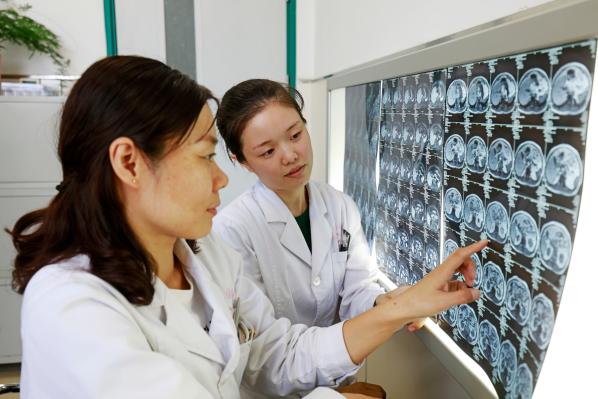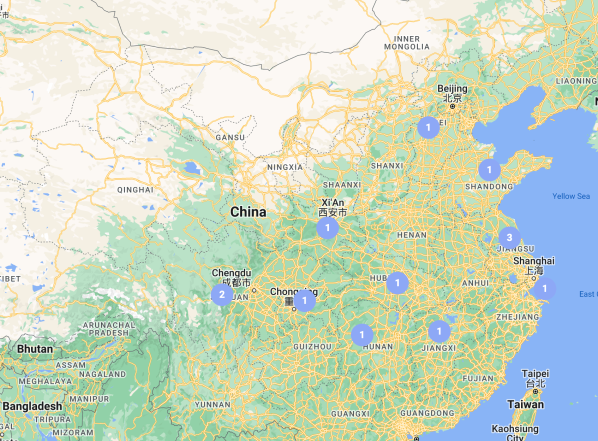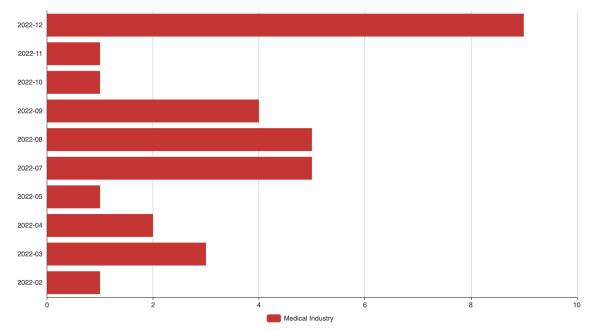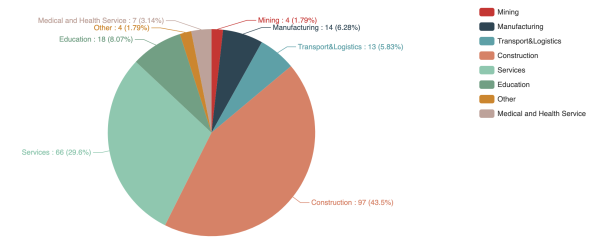
Photograph: chinahbzyg / Shutterstock.com
China’s medical student interns and post-graduate medical residents are not considered employees of the hospitals where they work. Many interns are given no remuneration at all, and residents only a monthly stipend of about 1,000 yuan. It is no wonder that as hospitals have been overburdened during China’s recent Covid-19 infection wave, overworked medical staff protested their pay and working conditions, asking for equal pay for equal work and better leave policies. CLB brings more on that topic below, in our analysis of our labour mapping data that shows a rise of incidents in the service sector at the end of 2022.
But first, don’t miss the content CLB has published recently:
- “The two worlds have no crossover”: Han Dongfang on China’s workers’ struggle under the pandemic. In this end-of-year commentary, CLB’s Executive Director gives his perspective on the state of workers’ rights in China, particularly at this juncture in which Covid-19 prevention policies have recently been relaxed and labour-related conflicts are rising to the surface. Published in late December, it was as if Han Dongfang could predict two other topics CLB published on in early January:
- Wage arrears after Zero Covid and before Lunar New Year is symptom of systemic problem. China’s top officials have recognised the backpay problem and its effects on vulnerable workers, including migrant workers - particularly this year as the issue is more acute after three years of lockdowns and with Lunar New Year approaching. But workers are no closer to being paid in full and on time, because the top-down system fails to ensure employers follow the law, and local governments are out of funds. And even when wages are paid, they are too low for many workers to survive. China’s trade union has a role to play in representing workers’ most basic right: being paid for their labour performed.
- Massive protest in Chongqing belies company’s recent labour awards from the official trade union. On 7 January in Chongqing, thousands of workers blocked streets and clashed with police during a protest over labour rights at a rapid test kit factory. Since 2020, Chongqing-headquartered Zybio has been given multiple labour awards by various levels of China’s official union, all while fundamental labour rights violations were brewing. CLB called the district union to investigate after workers protested the announced layoffs of about half the 20,000 factory workers, and workers feared their already overdue wages would not be paid out as promised.
- Worker fired over pregnancy wins historic civil claim for equal rights violation. Too often, gender discrimination cases fall outside the realm of employment rights, as the plaintiff is discriminated against in the hiring process and never establishes an employment relationship from which labour rights flow. Another issue is that the matter is treated as a private employment dispute and must begin with labour arbitration. However, in 2022, the first civil lawsuit claiming a broader equal rights violation on the basis of pregnancy discrimination was won by a worker in Guangdong province.
- Fatal truck accident highlights unclear labour relationships in platform economy. Two truck drivers died on the road while transporting goods in the course of business, but because of the complicated labour relationships in the platform economy, no entity would claim responsibility for workplace accident compensation to the families. China’s gig economy workers lack labour protections and have difficulty asserting their labour rights, all while the official trade union has prioritised these workers as part of its “eight major groups.” As the first article in a forthcoming series, CLB investigates cases of platform workers to raise the specific challenges and potential solutions for how China’s trade union could represent them, both individually and as a sector.
- December 2022 labour news roundup: Fresh labour challenges arise with end of Zero Covid. Medical workers and medical students staffing hospitals and fever clinics are overwhelmed with an influx of patients; some workers are told to work as normal if their Covid-19 infection is mild; and the manufacturing sector sees production stoppages and layoffs during what is typically the peak production period.
December 2022 data show rise in service sector incidents, notably medical worker protests
In December 2022, CLB’s Strike Map shows an increase in protests by service industry workers. The proportion of total incidents in the service industry increased from 17 percent in November 2022 to 32 percent in December 2022, and this can be partly attributed to public health policy changes affecting the medical industry. Out of 13 collective actions at medical facilities across China, seven involved graduate students and medical residents working in hospitals demanding equal pay for equal work and leave for the opportunity to return to their hometowns. These occurred in Jiangsu (two incidents), Hunan, Jiangxi, and Sichuan (two incidents) provinces, as well as in Chongqing.



